(35973 products available)











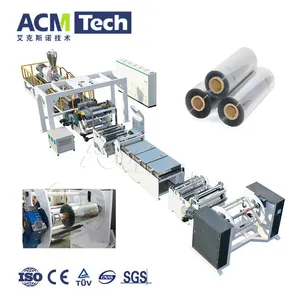




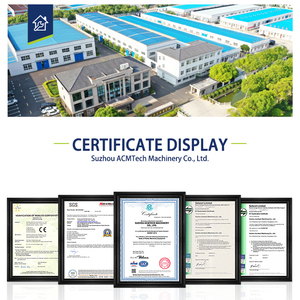











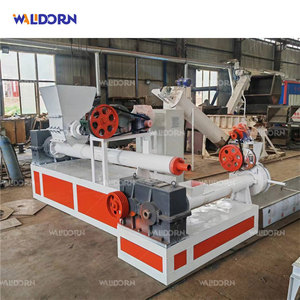

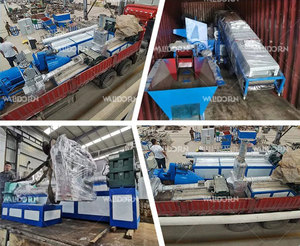









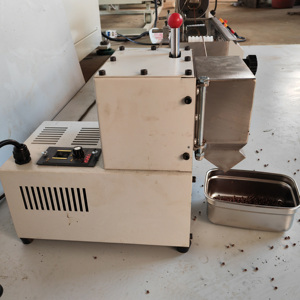



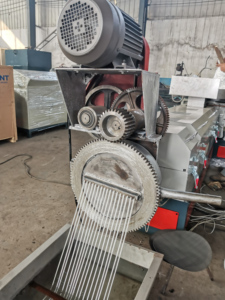







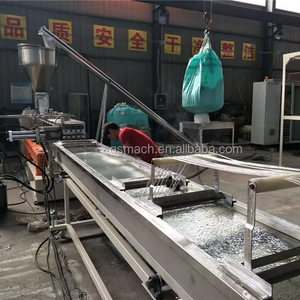




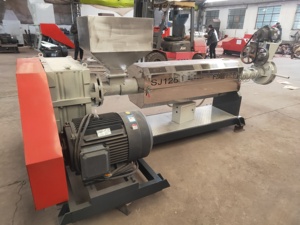





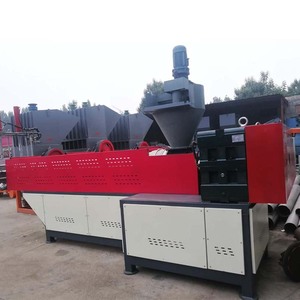
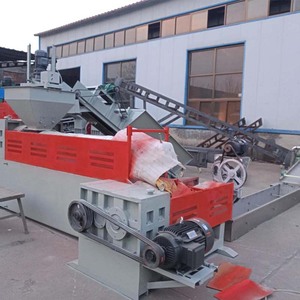



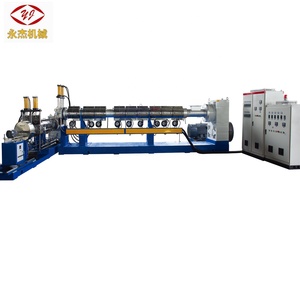

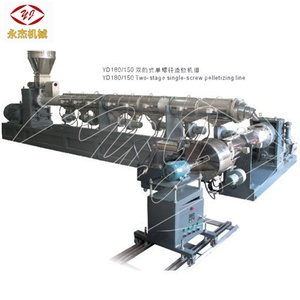
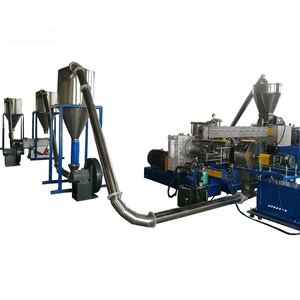

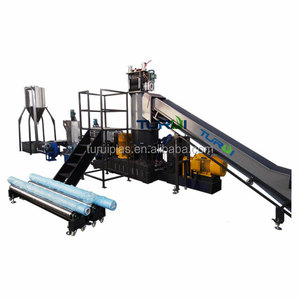

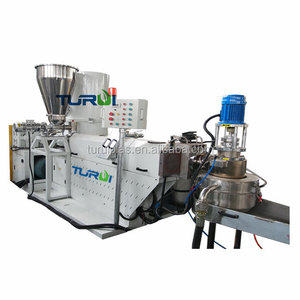

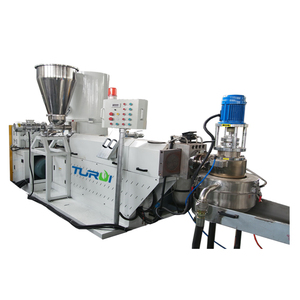







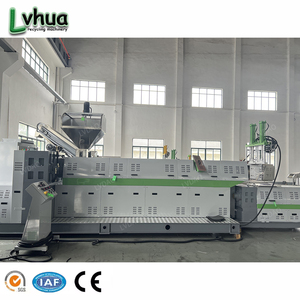



















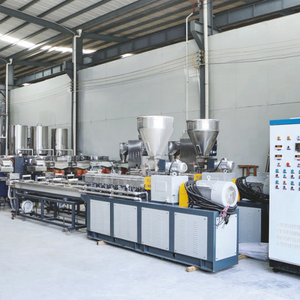






















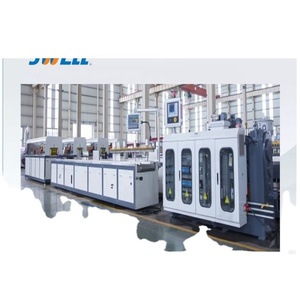
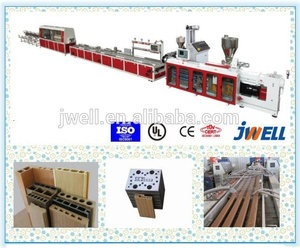
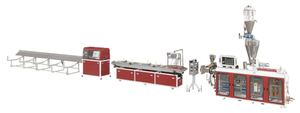






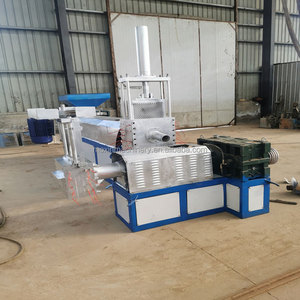







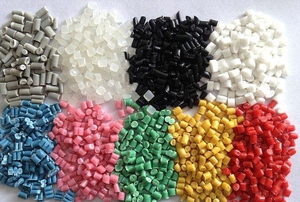
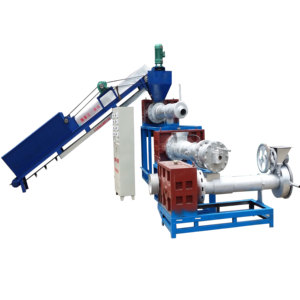








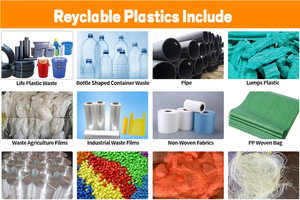



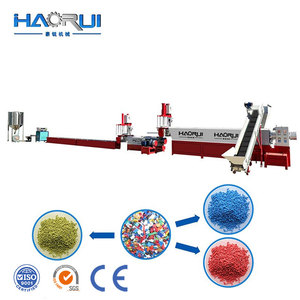


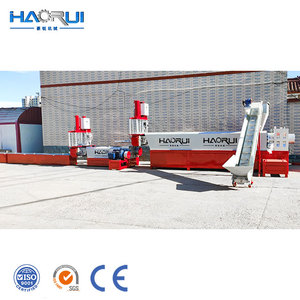


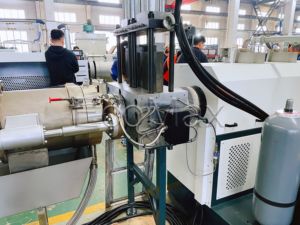



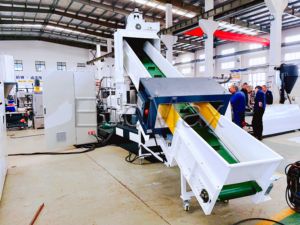

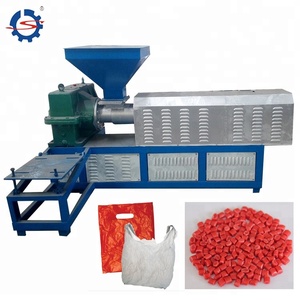



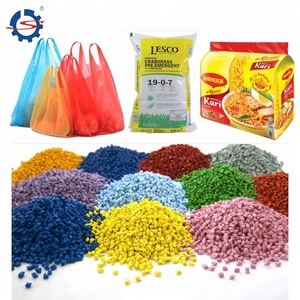

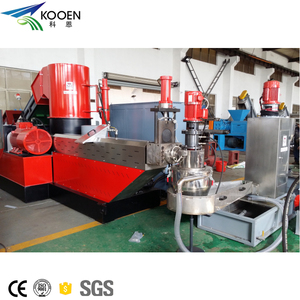

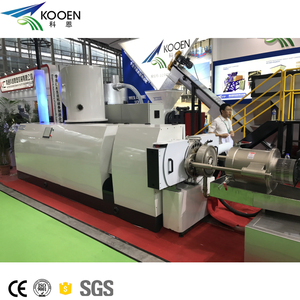

















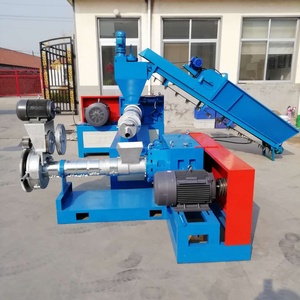








Market Overview: The global plastic extrusion machinery market, which includes recycled plastic extruders, has shown remarkable growth, expanding from USD 7.10 billion in 2023 to USD 7.55 billion in 2024. Forecasts suggest this market will continue to grow at a compound annual growth rate (CAGR) of 6.58%, potentially reaching USD 11.10 billion by 2030, according to Research and Markets. This growth is driven by increasing demand for sustainable manufacturing solutions and rising awareness regarding plastic waste management. The automotive and construction sectors are particularly influential, as they increasingly turn to lightweight and recycled plastic materials to enhance fuel efficiency and reduce carbon footprints. However, challenges such as high machinery costs and technical limitations could impact the widespread adoption of recycled plastic extruders in these industries.
Regional Insights: The Americas lead the way in the utilization of plastic extrusion machinery, bolstered by established industrial sectors and supportive government initiatives for plastic recycling. In the Asia-Pacific region, rapid industrialization and the growing focus on sustainable practices are creating significant opportunities for recycled plastic extruders. Notably, the increasing concerns about plastic waste in emerging economies are prompting a shift towards recycled materials, which could further enhance market growth. The EMEA region is also witnessing advancements in technology that are improving the production capabilities of recycled plastic extruders. As industries prioritize sustainability and efficiency, the adoption of advanced extrusion technologies is expected to rise, positioning the recycled plastic extruder market for robust expansion in the coming years.
An extruder is a machine that transforms raw materials into plastics. A recycled plastic extruder is a specialized type of extruder that processes plastic waste to produce useful items. Such items can be made directly from the recycled plastic or after compounding and blending it with other materials. In recent years, recycled plastic extruders have played a crucial role in minimizing plastic waste.
Extruders come in two main categories: single-screw and double-screw. Each of them can further process into gears, motors, barrels, screws, pumps, dies, manifolds, and other parts to create a complete recycling system.
Single-Screw Plastic Extruders:
A single-screw recycled plastic extruder comprises a screw, barrel, drive unit, and other auxiliary tools. The main operation of the machine is to convey, melt, mix, and shape plastic materials. Due to the simpleness of the structure, single-screw extruders are more widely used in the plastic industry. In terms of food, it's like whole fruits that are juiced using a single blender.
Co-Rotating Double-Screw Extruders:
A double-screw plastic extruder has two entwined screws turning alongside each other in the barrel. They also mix materials more fully than the single-screw variant, making them ideal for high-demand production lines. Furthermore, the screws can be unwrapped to save energy when melting the plastic. This type of extruder is more complex and is mainly used to create valuable end products from recycled plastic. In a way, it's like complex juicing machinery that extracts every nutrient from different food parts. For many businesses, a double-screw plastic extruder is a worthwhile investment.
Benefits of Recycled Plastic Extruders:
The benefits of plastic recycling extruders are manifold. The machines can save the planet by reducing the growing carbon footprint from the plastic industry. This is because they provide a sustainable means of producing plastic products from waste materials. Secondly, recycled plastic extruders can conserve natural resources by using plastic waste instead of virgin materials. They also lower energy consumption as recycling plastic generally requires less energy than producing new plastic from raw materials. Lastly, the machines can create a circular economy where plastic products are continuously recycled and reused.
Power:
The power of a recycling plastic extruder machine can vary according to the material and output it is meant to handle. Smaller machines suited to low-throughput applications may have a motor with a power rating of around 20-50 horsepower. Mid-sized extruders designed for moderate volumes could have 100-200 horsepower. Larger industrial extruders, particularly those used in continuous recycling lines, tend to have much higher power and could range from 500 horsepower up to several thousand horsepower for very high-capacity models.
Output:
The output of a recycling plastic extruder is typically measured in terms of the amount of plastic processed per unit of time. Output can vary widely depending on the type of extruder, its size, and the plastic material being recycled. A small bench-top or floor-standing extruder might process around 5 to 20 kilograms of plastic per hour. For larger machines, one common benchmark is that a mid-sized extruder can recycle plastic at a rate of 50 to 150 kilograms per hour. More industrial-scale extruders are able to handle much greater throughputs, with some high-capacity models processing between 500 and 1,500 kilograms of plastic every hour. The exact recycling rate depends on factors like the type of plastic being fed in, the motor power, the design of the screw and barrel, and the efficiency of the sorting, shredding, and feeding systems used in combination with the extruder.
Dimensions:
Extruder machines for recycling plastic come in a range of sizes to suit different production needs. The dimensions of smaller desktop models are more compact, while industrial machines take up more floor space. A benchtop extruder may only measure around 2-3 feet in length and 1-2 feet in width. Standalone floor-standing models tend to be closer to 5-7 feet long and 2-4 feet wide. Larger standalone extruders are generally 5-12 feet long and more than 4 feet wide. The height of both small and larger models can be around 5-7 feet. For very large industrial extruders, lengths can be 15 feet or more, while the width may be over 6 feet. The height of these massive machines could exceed 10 feet. Overall, their length, width and height increase considerably to accommodate the bigger capacity and throughput requirements involved in processing plastic waste on an industrial scale.
Like any other machine, a plastic recycling extruder requires regular maintenance to stay in good condition and function properly. Some general maintenance tips are as follows:
Recycled plastic extruders have diversified applications, which is increasing their demand in the market.
Making plastic products through direct recycling
Extruders for recycled plastics can be directly used to produce plastic products from recycled plastic waste without significant preprocessing or chemical treatment. This direct extrusion reduces the environmental impact associated with traditional plastic production methods and promotes a circular economy.
As compounding machines in material recycling facilities
Plastic extrusion recyclers play an indispensable role as compounding machines in material recycling facilities. They not only extrude recycled plastic but also add additives, colorants, and modifiers to enhance the properties and marketability of the recycled plastic. These modifications enable recycling facilities to produce a diverse range of compounded recycled plastics catering to distinct end-user requirements and applications.
In film blowing for agricultural and horticultural use
Extruders for recycled plastics find a significant application in film-blowing agriculture and horticulture, where they are employed to produce films and covers for various agricultural practices. These films and covers are used for activities such as crop protection, soil warming, weed suppression, greenhouse construction, and container making. The ability to recycle plastic materials and transform them into functional agricultural films and covers contributes to sustainable agriculture by reducing plastic waste and improving resource efficiency.
In automotive part manufacture
Plastic recycling extruders are pivotal in manufacturing automotive parts. They facilitate transforming recycled plastic materials into valuable components used in vehicles. These components can include interior trims, dashboards, door panels, bumpers, and other automotive accessories. By utilizing extruders for recycled plastics, manufacturers can contribute to automotive industry's sustainable development while simultaneously conserving resources.
In construction product fabrication
Plastic extrusion recyclers play a vital role in fabricating construction products. They enable the conversion of recycled plastic materials into a wide range of construction components such as pipes, fittings, panels, flooring, and other infrastructure elements. By utilizing these extruders, the construction industry can reduce its reliance on virgin plastics, minimize waste, and promote sustainable building practices.
In customized product development
Extruders for recycled plastics are flexible and adaptable, making them powerful tools for developing customized products. By adjusting the extrusion parameters, such as temperature, pressure, and speed, and by adding various additives and modifiers, manufacturers can create distinct shapes, sizes, and performances of recycled plastic products to meet specific market demands and consumer needs.
Several factors need to be considered when purchasing a plastic recycling extruder.
Supply:
People need to estimate the amount of plastic they will be recycling and the supply they will need to cater to that demand. For small-scale recycling operations, a small extruder for recycled plastic may be sufficient, but larger operations will need to invest in industrial plastic extruders for recycling.
Types of Plastics
Different parts of the world have specific requirements for the types of plastics that can be recycled. Businesses need to determine which plastics they are allowed to recycle and what kind of products they need to produce. Not all recycling extruders can handle different types of plastic, so this needs to be taken into account when purchasing an extruder.
Quality and Standards:
With the rise in popularity of plastic recycling, many stringent standards and quality requirements have emerged that products made from recycled plastic must meet. Buyers will have to determine what standards their products need to meet and what kind of quality their customers will expect. If products need to be of a certain standard when your customers will expect a certain product's lifespan, they can be sure that the extruder they are buying will produce plastic of that quality. Not all plastic recycling extruders are capable of producing plastic of the necessary quality, so this will need to be considered when purchasing an extruder.
Brand Reputation:
When buying new equipment, it makes sense to buy from a well-known brand. The long-term benefits, including after-sales service and parts availability, should outweigh the upfront costs. In the same way, it makes sense to be suspicious of the brand if a used machine is offered, as the uncertainty of the machine's quality may lead to more harm than good.
Q1: What are the latest developments in recycled plastic extruder technology?
A1: Advances in recycled plastic extruder technology include the adoption of AI for smarter recycling processes, improvements in energy efficiency to reduce environmental impact, and the development of extruders that can handle a wider variety of plastic waste.
Q2: How does a recycled plastic extruder affect the quality of the final product?
A2: The recycled plastic extruder optimizes parameters such as temperature, pressure, and cooling rate, which can break down the recycled material and mold it into new products with the desired quality.
Q3: What is the role of a recycled plastic granulator in the recycling process?
A3: A recycled plastic granulator reduces plastic waste into smaller pieces or granules, which are easier to handle and feed into the recycled plastic extruder for melting and molding into new products.
Q4: What are the main challenges in developing recycled plastic extruder technology?
A4: The main challenges include ensuring the extruder can process different types of plastic waste, maintaining the quality of the recycled material, improving energy efficiency, and reducing operating costs.